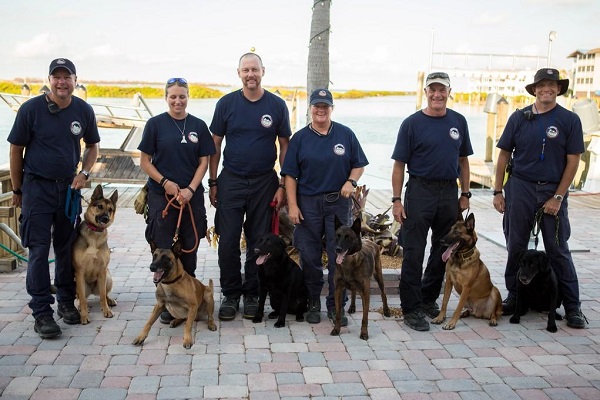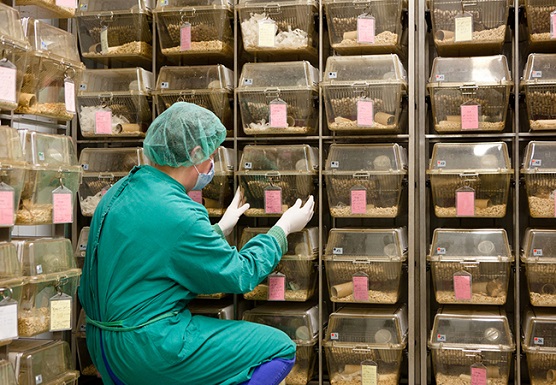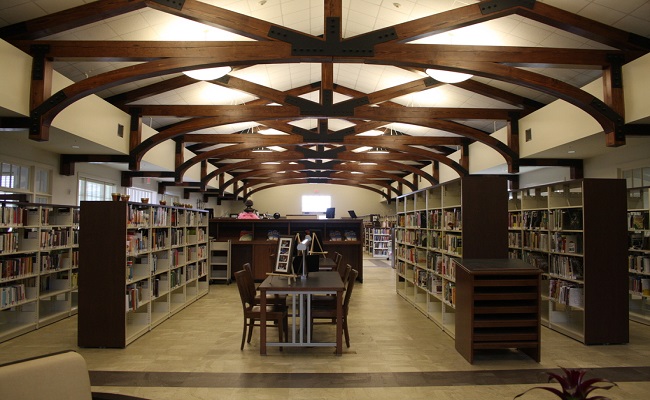Category E: Buildings and Equipment
Buildings, including:
- All structural and non-structural components, including mechanical, electrical, and plumbing systems
- Contents and equipment within the building
- Furnishings
Equipment includes:
- Vehicles
- Construction equipment
Repair or replacement of buildings and equipment is eligible.
Category E also covers:
- Equipment and supplies
- Files
- Research-related contents
- Animals
- Irreplaceable collections and individual objects
- Library books and publications
Category E: Buildings (1 of 2)
For buildings and building systems, distinguishing between damage caused by the incident and pre-existing damage may be difficult. Before making an eligibility determination, FEMA considers each of the following:
- The age of the building and building systems
- Evidence of regular maintenance or pre-existing issues, such as water damage from a leaky roof
- The severity and impacts of the incident
Mold remediation and removal of mud, silt, or other accumulated debris is eligible as Permanent Work when conducted in conjunction with restoration of the facility.

Category E: Buildings (2 of 2)
FEMA 352 – Recommended Post Earthquake Evaluation and Repair Criteria for Welded Steel Moment-Frame Buildings: FEMA has specific eligibility criteria for evaluating and repairing earthquake damage to buildings constructed with welded steel moment frames. FEMA bases the eligibility criteria on Recommended Post Earthquake Evaluation and Repair Criteria for Welded Steel Moment Frame Buildings.
The repair of the damaged frame connections to pre-earthquake design in accordance with FEMA 352, Chapter 6, is eligible, but only if FEMA approves a specific statement of work for the repairs prior to the Applicant performing the work. Repair of the architectural finishes and fire retardants removed in the area of the damage are also eligible.
Category E: Equipment and Supplies (1 of 2)
Repairing damaged-or replacing destroyed-equipment and supplies with the same number of equivalent items is eligible.
Equivalent items are similar in age, condition, and capacity.
The Applicant may replace equipment or supplies with different items used for the same general purpose. However, FEMA caps the eligible cost at the estimated amount for items equivalent to those damaged.
When equipment is not repairable, FEMA uses "blue book" or market values or similar price guides to estimate the eligible cost.
Category E: Equipment and Supplies (2 of 2)
Files:
Eligible activities associated with the recovery of files include, but are not limited to:
- Recovery of damaged hard copies
- Stabilizing the damaged hard copies
- Sanitizing damaged hard copies
- Photocopying or scanning damaged hard copies to re-establish files
- Recovering data from water-damaged computer hard drives
Recovery of damaged hard copies includes labor and materials, such as bags, boxes, and containers. Stabilizing damaged hard copies includes freeze-drying. Photocopying or scanning includes labor and materials such as new folders and paper.
Not all activities are eligible. Examples of ineligible activities include:
- Establishing new information databases
- Manually entering data that was lost in damaged computers
- Scanning re-established hardcopy files into computers to create digital files
- Deciphering photocopies of damaged hard copies
Category E: Research-Related Contents
Reagents and specimen collections are eligible for replacement based on the following criteria.
The number of units of each reagent eligible for replacement is equal to the number actually lost OR to the number necessary to restore basic research activity, whichever is less.
FEMA reimburses the purchase price from commercial sources or other institutions, whichever is less. The replacement of reagents that are so unique that they are considered an outcome of a research program is not eligible.
Replacing a representative, but not necessarily a whole portion, of a specimen collection may be eligible. To be eligible for replacement, the specimen types should be available for purchase from commercial sources or other institutions and support an ongoing eligible educational or medical program.
Category E: Animals (1 of 2)
Animals housed or exhibited in an eligible facility are eligible for replacement with the same number of comparable animals if they are:
- Injured to the extent they are no longer able to function for the intended purpose
- Killed
- A destroyed specimen
- A damaged specimen that is not recoverable
- The animal is not eligible for replacement if a comparable animal is not available for purchase or the Applicant is unable to obtain a comparable at a reasonable cost.
Eligible animals may include, but are not limited to:
- Police animals
- Trained and certified rescue dogs
- Animals in museums, zoos, or publicly owned nature centers
- Fish in fish hatcheries
- Taxidermy specimens
- Animals used by rehabilitation facilities as part of diagnosis or treatment
- Laboratory animals used in an active research program

Category E: Animals (2 of 2)
The replacement of animals on loan to an eligible facility at the time they are destroyed is eligible if the Applicant is able to provide documentation that establishes legal responsibility.
Additionally, FEMA may provide Public Assistance funding for actions taken to save the lives of these animals as a Category B emergency protective measure.

Category E: Determining Costs for Replacement Animals (1 of 2)
The estimated cost to replace an animal is usually determined through market surveys. Costs associated with acquiring donated, loaned, or wild animals as replacement animals are eligible provided they do not exceed the estimated cost of purchasing a comparable animal.
For laboratory animals, eligible costs associated with replacement include, but are not limited to, the replacement cost of a laboratory animal that is as genetically close as possible to, but does not exceed, the genetic progression of the lost animal AND can be reasonably procured commercially.

Category E: Determining Costs for Replacement Animals (2 of 2)
Ineligible costs associated with replacing laboratory animals include:
- The cost of reproducing a new animal with all the characteristics of the lost animal to re-establish research
- The cost of using a laboratory to perform a breeding program to advance benchmark stock to the genetic changes lost because of the incident
- The cost associated with surgery required to replace a surgically altered animal
- The cost associated with the replacement of a laboratory animal when an animal of similar genetic characteristics can be obtained at no cost from other researchers or institutions
If the Applicant requests, and the Recipient approves, FEMA caps the Federal share based on the estimated in-kind replacement costs.

Category E: Irreplaceable Collections and Individual Objects
Stabilization of damaged collections or individual objects is eligible. Stabilization is a series of treatment measures to maintain the integrity of a collection or object and to minimize deterioration. Stabilization involves taking the minimum steps necessary to return a collection or object to a condition in which it can function in the same capacity as it did prior to the incident. This includes:
- Treating damaged items through proper environmental controls, such as temperature and humidity
- Chemical or mechanical cleaning to stabilize items to prolong their existence, maintain their integrity, and minimize further deterioration from the damaging effects of the incident
Restoring materials, equipment, and exhibition furnishings associated with the storage, display, preservation, or exhibition of collections and individual objects is also eligible. These may include, but are not limited to:
- Equipment regulating temperature or humidity
- Exhibit panels
- Models
- Video and audio equipment
Category E: Library Books and Publications
Replacement of damaged or destroyed library books and publications is eligible based on the pre-disaster inventory of the quantities of the books and publications. Re-shelving, cataloging, and other work incidental to the replacement of library books and publications is also eligible.
However, special library collections, including rare books, manuscripts, and other fragile materials, are only eligible for treatment, not replacement.

Category F: Utilities
